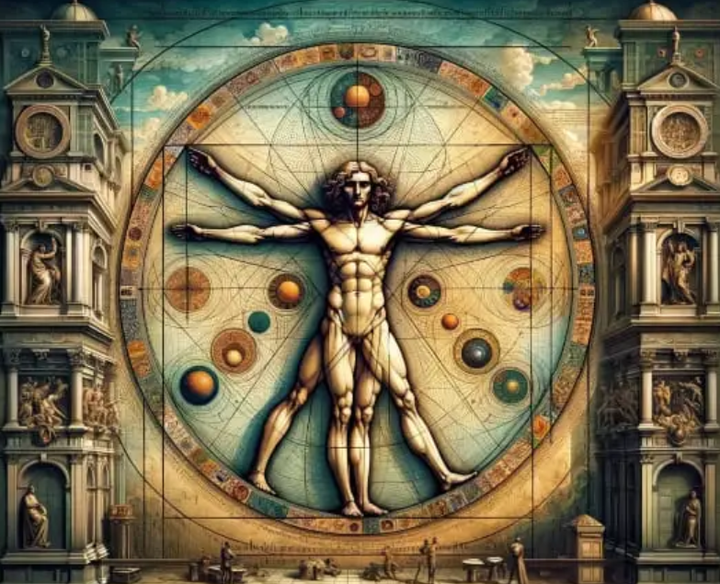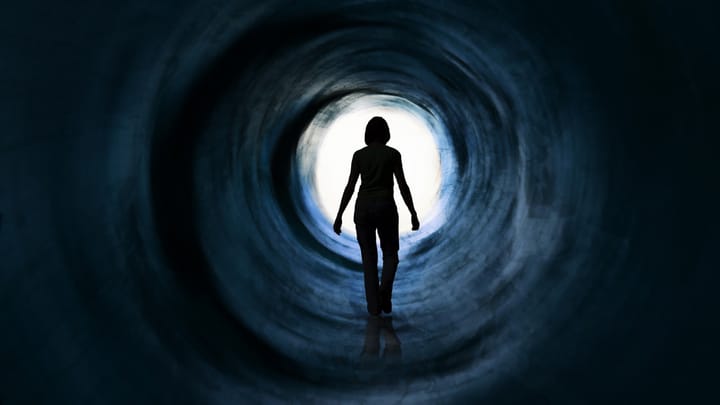How many millennia for a metal chair to gain consciousness?

Why it matters: This question may seem more akin to science fiction than science. However, it’s central to our understanding of consciousness. We define consciousness as the fact that ‘I exist,’ ‘I experience,’ and ‘I feel.’. The question probes whether consciousness is emergent or fundamental.
Backdrop: Central to this exploration is the physicalist view, a belief that everything that exists is physical or dependent on the physical, a dominant lens through which many contemporary thinkers view consciousness.
Process overview: The chair being physical and made of matter leads to the question: How does matter become conscious? Our current understanding divides the event into two broad steps.
Step 1 - From inorganic to organic: Right after the Big Bang, the universe was a primordial blend of simple elements like hydrogen and helium. Over billions of years, this inorganic matter evolved into stars, galaxies, and, eventually, some organic particles. Experiments and observations inform our understanding of this process: the Miller-Urey experiment showed the creation of some amino acids from inorganic matter; the analysis of meteorites, like the Murchison meteorite, has shown organic compounds in space; and insights from the RNA World Hypothesis, deep-sea vent studies, synthetic biology, and computer modeling have enhanced our understanding, though conclusive proof remains elusive.
Step 2 - From organic to conscious: From the formation of planets, including Earth, billions of years ago, it took an extensive period, possibly extending over several billion years, for some organic matter, potentially on various planets, to evolve into conscious life forms. Here, our technology has improved, from brain imaging technologies and neurobiology studies to cognitive research and AI-neuroscience integration, but here also, there is still no direct proof of the process.
What is being said: The implied message is that in the physicalist view the universe underwent a very complex two-step transformation over an extensive timescale: first, from simple inorganic elements to complex organic matter, and second, from organic matter to conscious life.
Chair as a Thought Experiment: The chair, as inorganic matter, prompts speculation on the possibility and requirements for such matter to become organic and then conscious.
Back to the chair: Although the Big Bang and billions of years ago are so far from our daily experience, the idea of using the chair as a thought experiment helps us consider what needs to be involved for consciousness to arise. The metal chair passes the test of being inorganic. We might wonder, given enough time for complex processes to occur, can a chair become organic? And can that same chair, with enough time again, become conscious? What do you think?
The bottom line: The question of how matter becomes conscious is a complex and debated topic in consciousness studies. Several theories and hypotheses attempt to address this question, but it's important to note that researchers have not yet established a definitive answer. We don’t even know whether “How does matter become conscious?” is even the correct question.
The intrigue: Consciousness is the most significant and enduring mystery across all fields of knowledge, presenting challenges in understanding and exploration. Whether it is a fundamental or evolved, it remains long-standing intrigue throughout human history for thousands and thousands of years.
Parting thought: What I am just emphasizing is the need for deeper, more nuanced exploration in the field of consciousness studies. The quest to understand consciousness transcends academic curiosity, touching the core of our existence and potentially reshaping our understanding of life and the universe. It’s a journey that might not only bring clarity on what consciousness is but also affirm a profound truth: That only consciousness can love, an ability as mysterious and profound as consciousness itself.


